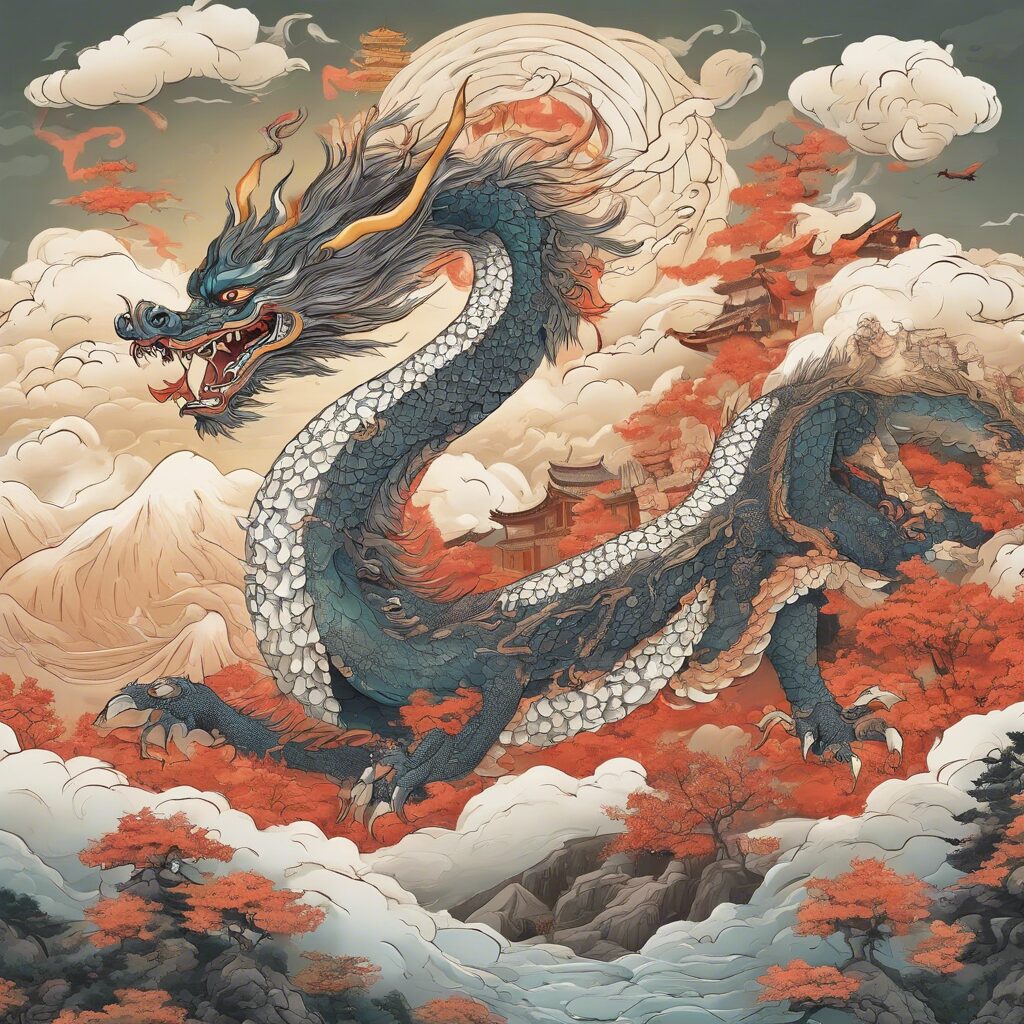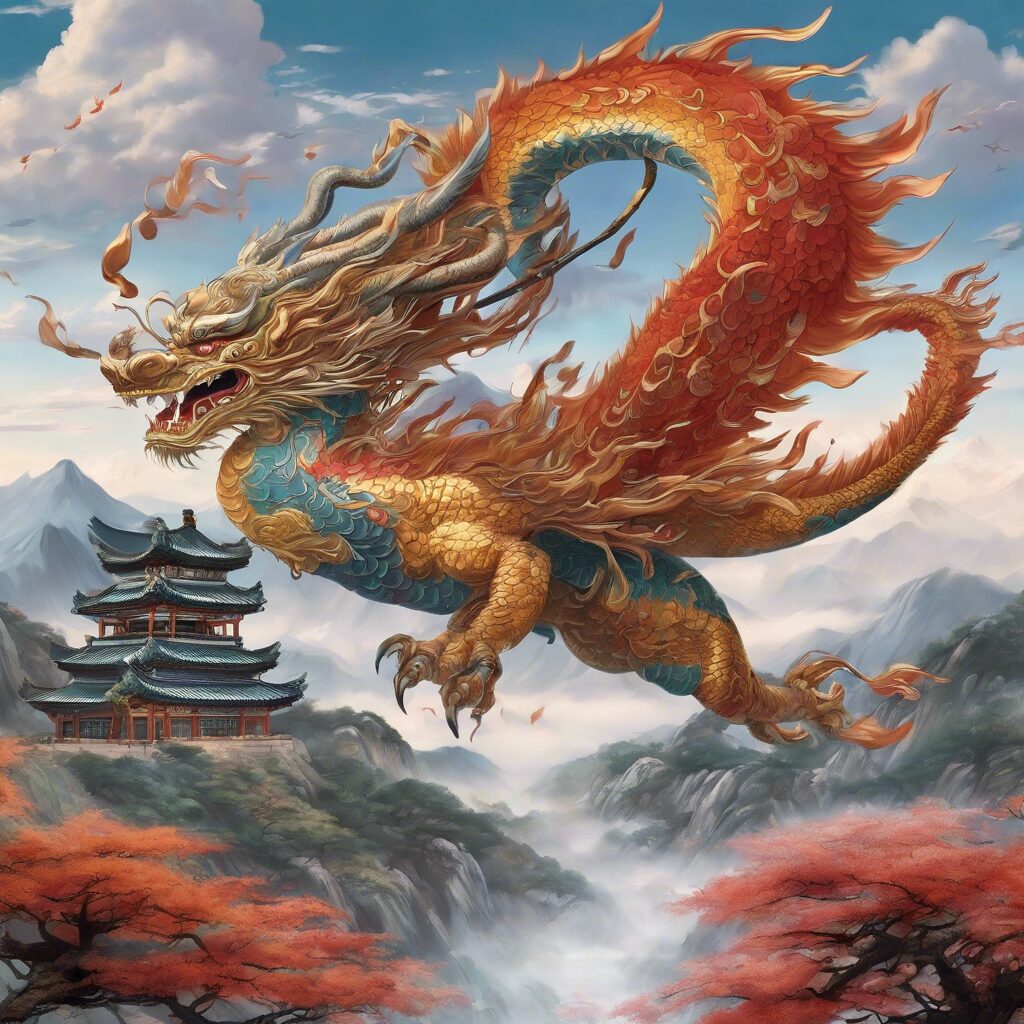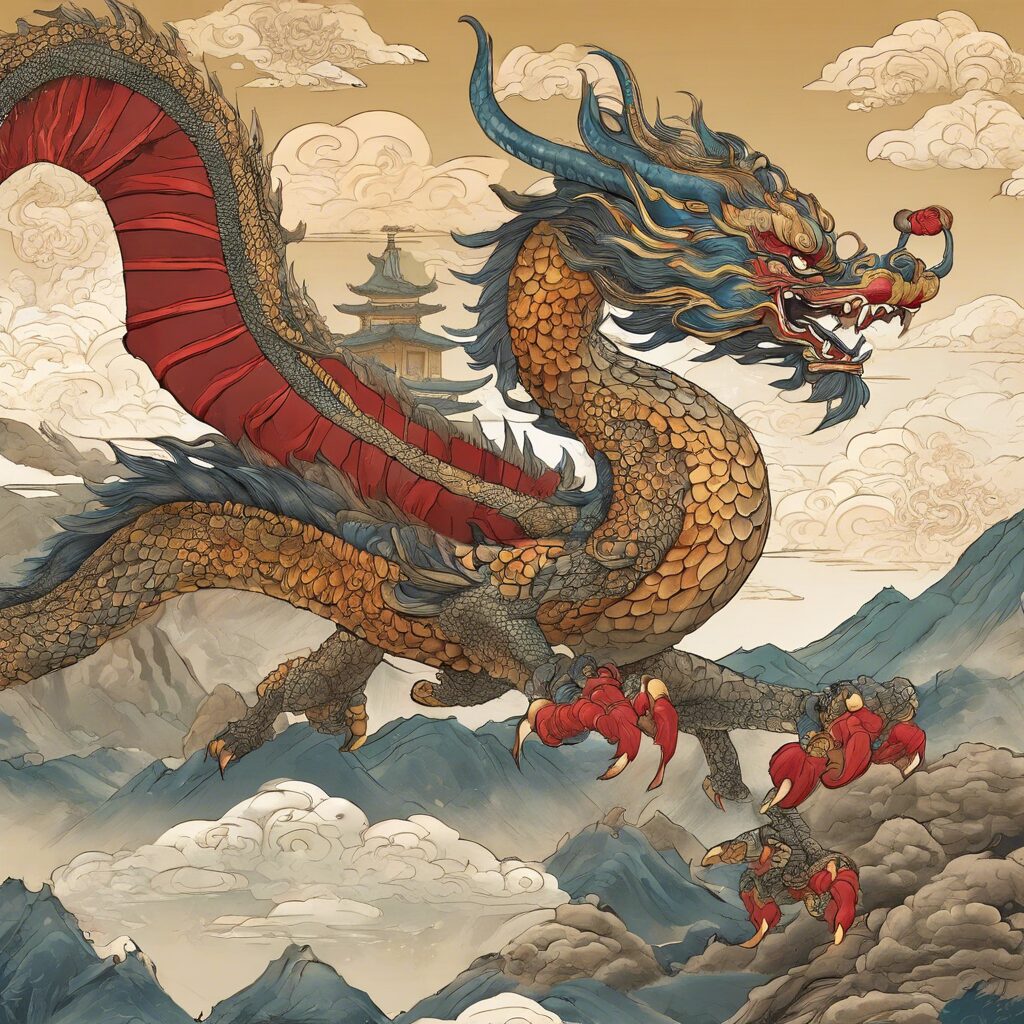Ever wondered about the dragons of Korean mythology? Unlike their Western counterparts, Korean dragons are often seen as bringers of rain, wealth, and good fortune. Dive into a world where the mythical creatures are more benevolent than terrifying, and learn about the cultural importance they held (and still hold) in Korean society.
Origins and Features of Korean Dragons
Korean dragons, or “yong” (용) as they are known in the native language, have a rich and interesting history. These dragons are typically depicted as large, serpentine creatures adorned with long whiskers, sharp claws, and an imposing number of scales. Many ancient Korean myths tell tales of dragons that controlled the elements, especially rain.

The Significance of Dragons in Korean Culture
In Korean folklore, dragons are often depicted as guardians of nature and harbingers of blessings. Legends tell us that these creatures were often paired with prominent landmarks, such as mountains and rivers, making them an indispensable part of the cultural landscape.
Unlike the fire-breathing dragons of Western tales, Korean dragons are more likely to be seen causing a rainstorm, a symbol of growth and prosperity. Emperors and kings used dragons as symbols of power and benevolence, with dragon motifs often incorporated into royal garments and architecture.

The Dragon King of the Eastern Sea
A famous story in Korean folklore is that of the Dragon King of the Eastern Sea, Yongwang. He was believed to control the waters and was often worshipped by fishermen and sailors. Temples were built in his honor, particularly in coastal towns where his influence was most felt.
It was said that Yongwang could take on a human form when he visited the earthly realm, blending in to bestow blessings or punish wrongdoings. To this day, certain Korean festivals and rituals continue to honor Yongwang, hoping for his protection and goodwill.

Dragons in Modern Korea
In contemporary Korean culture, dragons still hold a special place. They often appear in modern art, literature, and even pop culture. Korean dramas and films sometimes depict dragons, keeping the myth alive in modern storytelling. Buildings and statues often feature intricate dragon designs, and they’re viewed as symbols of heritage and pride.
Interestingly, the dragon is also important in the practice of Feng Shui. According to this ancient practice, placing dragon figurines or images in certain places within the home can attract positive energy and prosperity. South Korea also boasts several tourist attractions that celebrate these mythical creatures, drawing visitors from all over the globe.
Want to Learn More?
If you’re intrigued and want to dive deeper into the lore of Korean dragons, there are countless resources you can explore. You can also visit several Korean museums and cultural sites that house artifacts and stories related to these magnificent beasts.
Before you go, here’s an insightful video that further explores the mystical world of Korean dragons:
